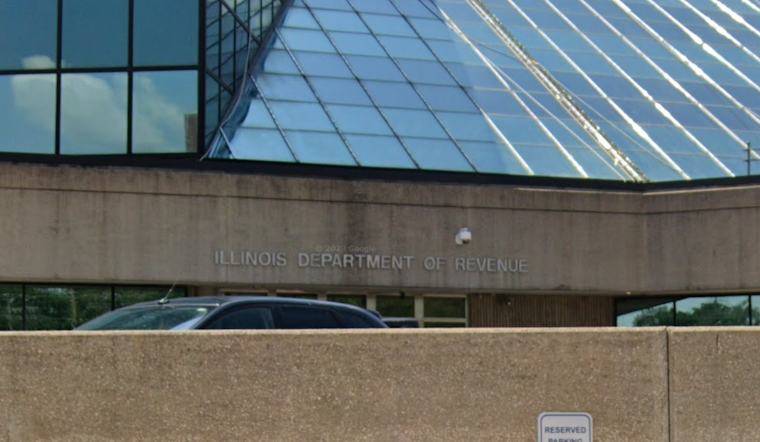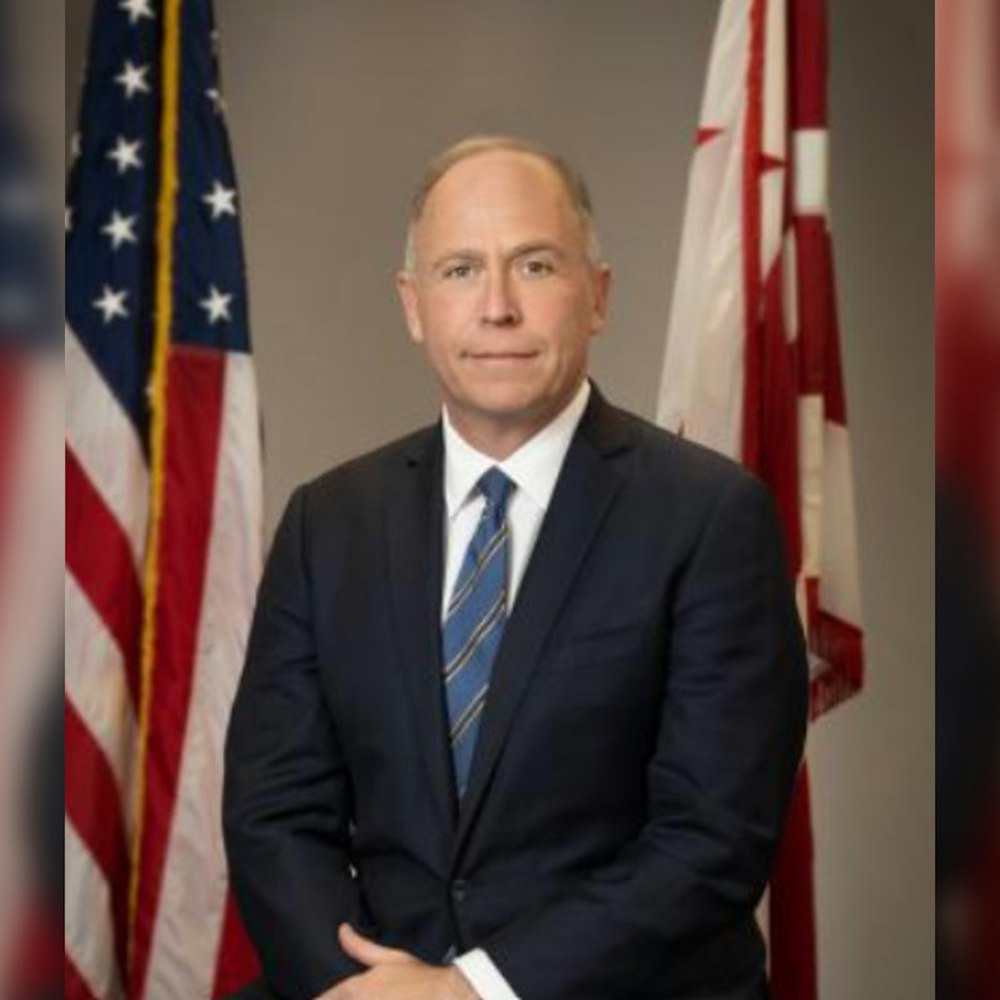
In Whiteside County, taxpayers can expect consistency in their property assessment equalization factor for another year. David Harris, Illinois Department of Revenue (IDOR) director, announced the county's final 2023 property assessment equalization factor, also known as the "multiplier," is set at 1.0000. This figure is key in ensuring that property assessments across various counties remain uniform, a system designed to preserve equity among property owners.
The multiplier adjustment is crucial, especially given the fact that some of Illinois' 6,600 taxing districts, including school districts and fire protection services, extend across more than one county. The absence of such an equalizer would result in stark imbalances among taxpayers with properties of similar value. According to a report from the Illinois government's official website, last year’s multiplier for Whiteside County stood unwavering at the same 1.0000 mark.
Illinois legislation mandates that properties should be assessed at one-third their market value—a standard applied since 1975. Unlike regular property, farmland assessments are based on one-third of their agricultural economic value and are excluded from state equalization adjustments. The 2023 equalization factor, applicable to taxes to be paid in 2024, reflects an assessment level of 33.13% for Whiteside County, a figure hatched from 2020, 2021, and 2022 property sales data.
Post the obligatory public hearing regarding the tentative multiplier, confirmed at 1.0000 since October 19 last year, nothing has changed in the final assessment. The determination of this factor is an annual procedure, where individuals' property sales over three years are juxtaposed with the assessed valuations ascribed by county authorities. Should the three-year assessment average coincide with the one-third market value objective, the multiplier hence, stands at one (1).
A common misunderstanding among property owners is that a change in the multiplier directly equates to a change in their tax bills. However, tax liabilities are determined by the requisition of local taxing bodies. If the local bodies do not request more funds than they did in the preceding year, total property taxes won't budge, even against a backdrop of rising assessments. The Illinois Department of Revenue underscores that an individual's slice of the tax burden pie is defined by the assessed value of their specific property—not by fluctuations in the equalization factor.
The equalization process is a balancing act aimed at uniformity rather than upheaval of tax burdens. As stated by the Illinois government, "That individual's portion of tax responsibility is not changed by the multiplier," assuring property owners that their fiscal responsibilities remain unaffected by the uniform equalization factor.









